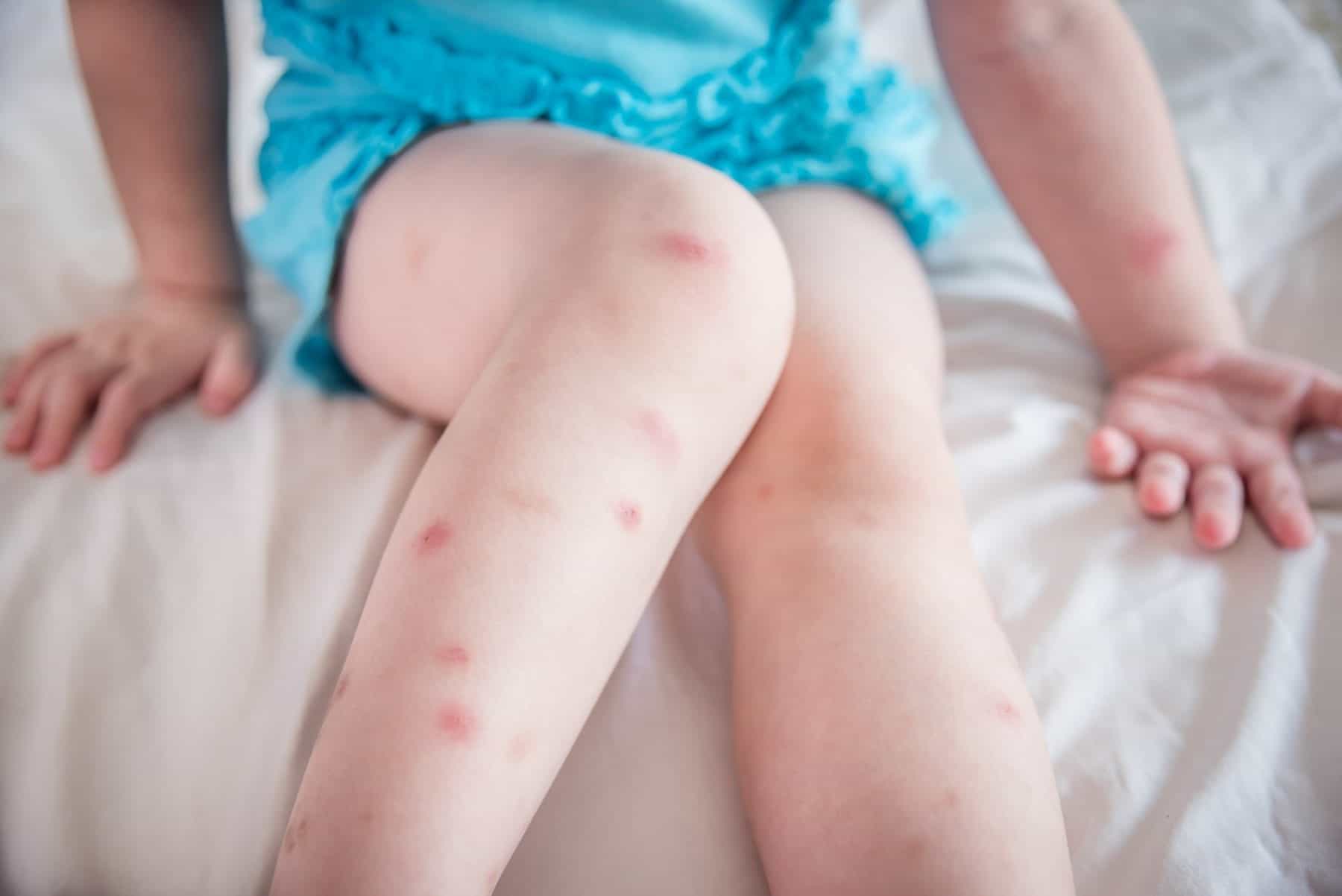How to prevent bed bug infestation
Avoid clutter: Clutter is the bed bug’s best friend. Avoid accumulating objects in your home as these are excellent hiding spots for the insects.
Clean used clothes/furniture/items: If you can avoid bringing used items in poor condition into your home (such as mattresses, armchairs, box springs and wooden furniture you find on the sidewalk) so much the better.
If you do acquire used items, carry them in a hermetically sealed bag and then clean them once you get home. Items made of fabric can be cleaned in the dryer for 30 minutes at high heat. If you don’t have a dryer, or must wash the items because they are dirty, throw them in the washing machine for a full cycle at 60 °C (140 &°F).
If you don’t have a washer and/or dryer, you can clean the items with a steam cleaner at 100 °C (212 °F). You can also place the items in a freezer at ‑18 °C (-0,4 °F) for at least 3.5 days. You should also use the same procedures for your clothes and items when you return from vacation.
Prepare your move: If you are using a moving company, find out what measures they take to prevent bed bugs. Place all your clothes, curtains, bedding, mattresses, and furniture in hermetically sealed bags. Seal cardboard boxes with duct tape. On moving day, inspect the truck before loading your stuff. Make sure that the truck was cleaned beforehand and that there are no bed bugs inside.
Inspect your new home: Using a flashlight, inspect all the rooms in the home to detect the presence of bed bugs. If you do find evidence of the pests, notify the owner immediately, who will then call upon the services of an authorized exterminator.
How to exterminate bed bugs

Avoid applying insecticide yourself as this can be dangerous to your health and make the bed bugs harder to eliminate. If you are a homeowner, contact an authorized exterminator. If you are a tenant, you should immediately notify your landlord.
The exterminator will give you instructions on how to prepare your dwelling for extermination.
You will need to declutter all the rooms to limit the number of hiding spots for the bed bugs. Empty drawers and closets in the infested rooms. If you have infected mattresses or box springs, slash them with a knife or scissors, place them in hermetically sealed bags and throw them out. If they are not infected, steam clean them as indicated above and then place them in a hermetically sealed bag. Vacuum the infected rooms. This will reduce the number of bed bugs but will not kill them.
After you finish, place the vacuum cleaner bag or its contents in a hermetically sealed bag and dispose of it in an outside garbage.
You and your pets must vacate the premises during the extermination. After the extermination, you must wait at least 6 hours before returning (12 hours for children and people with respiratory problems and/or allergies, and 24 hours for babies 0-12 months, children who have not yet learned to walk and pregnant women).
Once you are back, ventilate the rooms where the extermination took place, avoid walking barefoot in these areas for at least 48 hours and regularly check the treated areas for bed bugs. Once you are assured that the insects have been eliminated, you may proceed to put back all your items and furniture.
Bedbug insurance considerations
Given that bedbugs are often a problem that spans your whole house, you might hope to have your home insurance pay for the extermination.
However, almost all home insurance policies exclude coverage for damage from vermin and pests—and bedbugs are nothing if not pests. Moreover, home insurance is meant to cover damage to the home, and bedbugs rarely cause serious damage to the home or the furniture.
Unfortunately, your home insurance policy is unlikely to help you cover the cost of exterminating bedbugs. Pest control falls under routine maintenance of a home, and that responsibility lies with the homeowner.
Commonly asked questions
Can you see bed bugs with the naked eye?
Yes. Bed bugs are about the size of an apple pip (4 to 7 mm). They are reddish-brown.
Where do bed bugs hide?
Bed bugs live and hide in the articles that they infest (beds, mattresses, box springs, mattress stitches, bedding, furniture, drawers, clothes, backpacks, purses, suitcases, chairs, sofas, crown molding, window and door frames, heated baseboards, papers, books, and clocks, among others).
How do you know you have bed bugs?
Bed bugs leave bites on your skin like mosquitoes. They also leave small black stains on mattresses, sheets, and box springs from their excrement. You may also see dead bed bugs and shed skin in or close to the bed.
Can bed bugs transmit disease?
Fortunately, bed bugs do not carry or transmit disease, but their bites can cause more serious reactions in some people, such as hives or an allergic reaction. It is always best to see your doctor if you experience a severe reaction.
Want to learn more? Visit our Home and Personal Safety resource centre to find more information about protecting your family and your home. Or, get an online quote in under 5 minutes and find out how affordable personalized home insurance can be.




